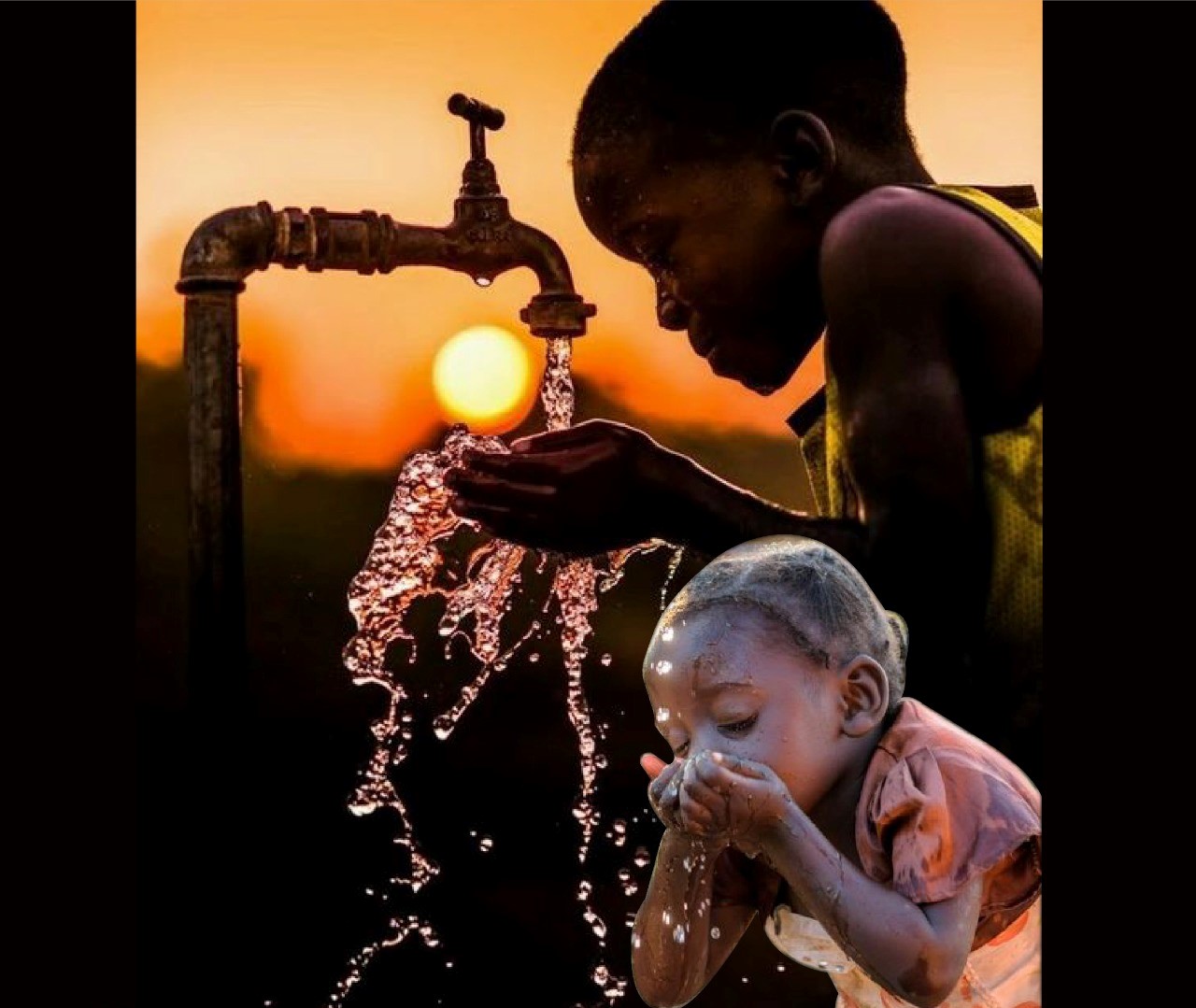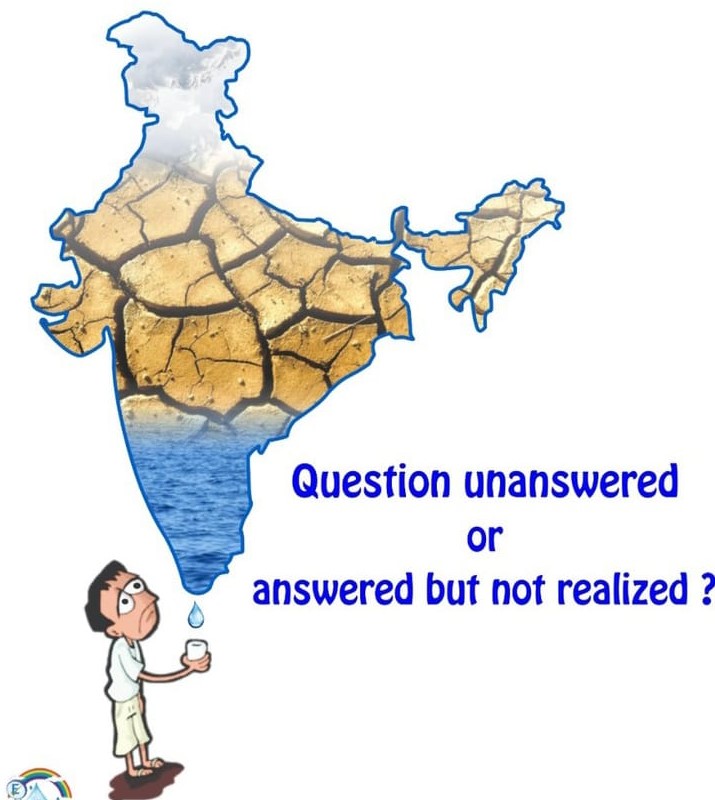Benefits of Drinking Rainwater for Your Body
There are a number of benefits that the body gains from rainwater versus water from other sources, such as wells, springs, and municipal facilities. Firstly, as most people will notice quickly, it is soft water. This means it has a very low dissolved mineral content. In most parts of the world, municipal or city water is treated with chemicals such as chlorine or fluorine in order to kill germs, pathogens, bacteria, viruses, and so on.
The problem with this is that when these are added to the water supply they can lead to health issues in many people. This happens in nearly any municipality or city water treatment facility. While it is extremely common and widespread, it is not entirely safe. Many people experience significant side effects from these, and other added chemicals. These problems can include gastritis, chronic headaches, and even damage to the internal organs and reproductive systems.

Rainwater avoids this problem by having an incredibly low, near-zero, dissolved mineral salt content. Since the water is so soft, it promotes healthy hair and skin. The low mineral content means it is very mild on hair and skin and does not strip them of their most natural and essential oils and moisture.
The alkaline pH of rainwater helps your body overall since it has a general detoxifying effect as well as promoting healthy digestion processes. Every day we absorb free radicals and various toxins that create acidity in our blood. This acidic blood prevents our bodies from functioning in an optimal way, but by drinking rainwater, the pH of the blood is made more alkaline. This allows many functions of the body to happen in a more efficient manner.
This article is published on: – https://drinkheartwater.com/blog/rainwater-benefits
Would like to spread this for the benefit of fellow Indians.
Kay facts for drinking water
- Over 2 billion people live in water-stressed countries, which is expected to be exacerbated in some regions as result of climate change and population growth.
- Globally, at least 2 billion people use a drinking water source contaminated with faeces. Microbial contamination of drinking-water as a result of contamination with faeces poses the greatest risk to drinking-water safety.
- While the most important chemical risks in drinking water arise from arsenic, fluoride or nitrate, emerging contaminants such as pharmaceuticals, pesticides, per- and polyfluoroalkyl substances (PFASs) and microplastics generate public concern.
- Safe and sufficient water facilitates the practice of hygiene, which is a key measure to prevent not only diarrhoeal diseases, but acute respiratory infections and numerous neglected tropical diseases.
- Microbiologically contaminated drinking water can transmit diseases such as diarrhoea, cholera, dysentery, typhoid and polio and is estimated to cause 485 000 diarrhoeal deaths each year.
In 2020, 74% of the global population (5.8 billion people) used a safely managed drinking-water service – that is, one located on premises, available when needed, and free from contamination.

Photo courtesy: NetSol Water Solution Pvt. Ltd
Sustainable Development Goal target 6.1 calls for universal and equitable access to safe and affordable drinking water. The target is tracked with the indicator of “safely managed drinking water services” – drinking water from an improved water source that is located on premises, available when needed, and free from faecal and priority chemical contamination.
In 2020, 5.8 billion people used safely managed drinking-water services – that is, they used improved water sources located on premises, available when needed, and free from contamination. The remaining 2 billion people without safely managed services in 2020 included:
- 2 billion people with basic services, meaning an improved water source located within a round trip of 30 minutes;
- 282 million people with limited services, or an improved water source requiring more than 30 minutes to collect water;
- 368 million people taking water from unprotected wells and springs; and
- 122 million people collecting untreated surface water from lakes, ponds, rivers and streams.

Sharp geographic, sociocultural and economic inequalities persist, not only between rural and urban areas but also in towns and cities where people living in low-income, informal or illegal settlements usually have less access to improved sources of drinking-water than other residents.
Vardhman Envirotech
India’s Passionate rainwater company
This article is published on: – https://www.who.int/news-room/fact-sheets/detail/drinking-water
Would like to spread this for the benefit of fellow Indians.
